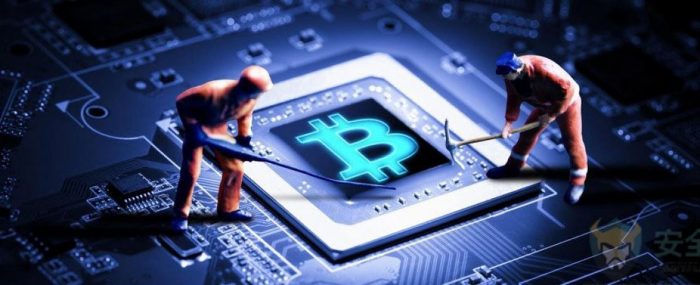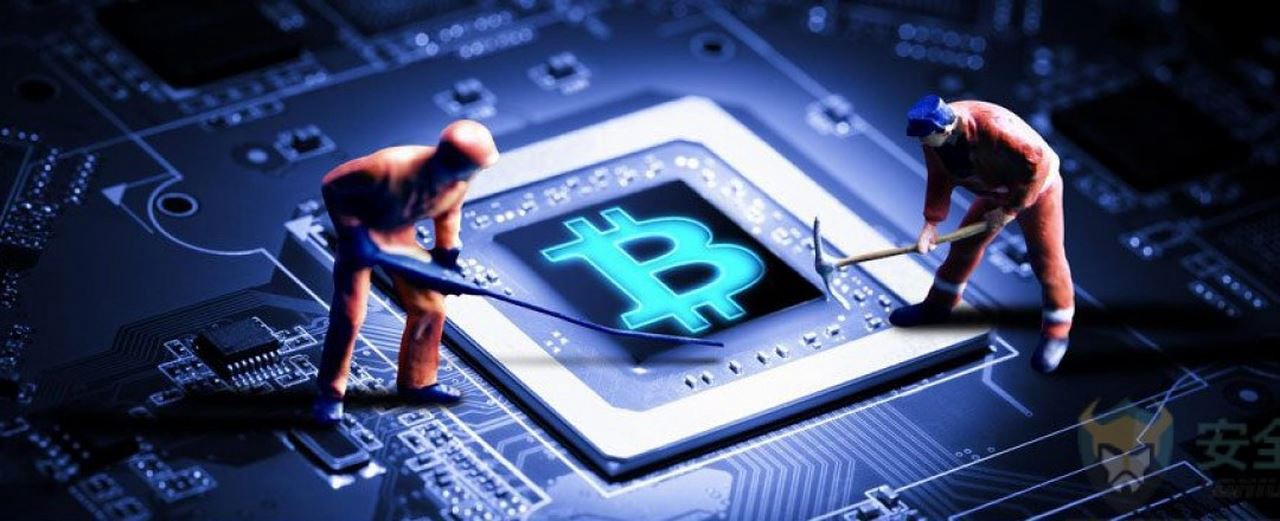Bitcoin has become a real buzzword in recent years, with the price of a single Bitcoin moving above $10,000 in late February, a long way from the 1309.03 bitcoins a dollar could buy you when the exchange rate was first set. However, is it possible for the average Joe to translate this into a stable income? It might just be, with enough preparation.

Earning money at the coalface
Bitcoin mining is the process by which Bitcoin is created. Whilst a traditional paper currency is physically produced when a country’s central bank, like the Federal Reserve, chooses for this happen, Bitcoin gets produced when a transaction is noted in the currencies’ ledger, available to view by everyone holding Bitcoin. By contributing computer processing power to process the Bitcoin transactions, the computer owner is rewarded with Bitcoin.
This is what has led to Venezuelans taking up Bitcoin mining since hyperinflation hit the country: cheap electricity means some Venezuelans can run computers to continue to have an income even when the economy has failed and their own currency is worthless.
Get to know the lingo
One thing that stops a lot of people unfamiliar with Bitcoin mining from getting involved is the jargon. One word you might have heard quite frequently in the news is blockchain, and the blocks which make them up. Blockchain is the digital ledger where transactions are recorded, and it’s one of the things which makes cryptocurrency distinct.
If I use a dollar to buy a soda, then the store is trusting that the dollar I’m giving them is legal tender, that is, that it’s not fake and can actually go on to be used by the store owner when they buy their own goods in the future. So, we can say that American currency relies on trust: in this case, whether the storekeeper trusts that my money can be used to buy other products.
However, blockchain works very differently. Imagine a large hall with a microphone at the front where all the people who own bitcoin are sitting in the audience behind desks. If Sophia decides to give a bitcoin to Madison, then she goes up to the microphone and declares it to the room.
Everyone else in the room notes it down in their own individual ledgers. If each individual page of the ledger is known as a block, then the whole ledger is the blockchain. In this way, the currency can function without a need for trust, as the transactions are visible to everyone. This decentralisation means blockchain has some really cool applications, even creating a way to digitally vote quickly but securely online, which has already been pioneered in Denmark. For now, though, all you need to know about blockchain to get started in bitcoin mining is that it’s how payments are recorded.
A second essential term is proof-of-work. This means a piece of work that is difficult to produce but easy to verify. In other words, the miner is solving a quasi-mathematical puzzle. In bitcoin’s case, the piece of work is the blockchain block. Miners need to prove proof-of-work so that their Bitcoin can work without a central entity like a central bank controlling what’s going on. As described earlier, this results in everyone trading in the cryptocurrency knowing that it’s a reliable currency to keep income in.
Another key term is hashcash. A simple explanation for Hashcash programming is that it’s what makes things harder for spammers and other nefarious individuals to manipulate the Bitcoin system. Each block, a collection of recent Bitcoin transactions, must take place in ten minutes. The system adapts to the number of miners and therefore the amount of computational power on the network. The Bitcoin equivalent of a spammer sending out 10,000 messages that your PayPal account has been hacked, can’t make cash by manipulating the system.
Making a Money-Machine
After you’ve got to understand the basics of what bitcoin mining is about, you need to start looking at what your hardware capabilities are. To mine bitcoin, you’ll need significant processing power. On your computer, it’s necessary to have a significantly large central processing unit (CPU). A CPU is where computer processing takes place, a kind of computer equivalent of the brain in a human.
Your computer will need a big brain to manage the huge amount of complicated calculations it needs to make to produce new bitcoins. In recent years, the increasing complexity of computations have meant miners now need to use graphics processing units (GPUs) on top of CPUs, which have higher processing power.
Some even use the mouthful that is application-specific integrated circuits, (ASICs), computers which are specially designed to create bitcoin and do nothing else. There are some computers specialised in bitcoin mining, but in all honesty, you don’t absolutely need these, and you manage quite easily using gaming computers, as these have GPUs to manage the large processing powers that some modern games need to work.
Making cents of Bitcoin
We’ve looked at some terms necessary to get started in mining Bitcoin and a small introduction to some of the hardware, but in truth you’re likely to need a bit more preparation before you start gearing up your old computer to make your millions. However, as with anything worth doing, the time investment necessary to get started might just make the long-term pay off worth it.
- How to Choose a Right WordPress Theme? Beginners Guide - December 1, 2019
- Invest the Time, and Bitcoin mining Could Make You Real Money - March 15, 2018
- Social Media and the Cloud: What’s Next? - March 14, 2017

